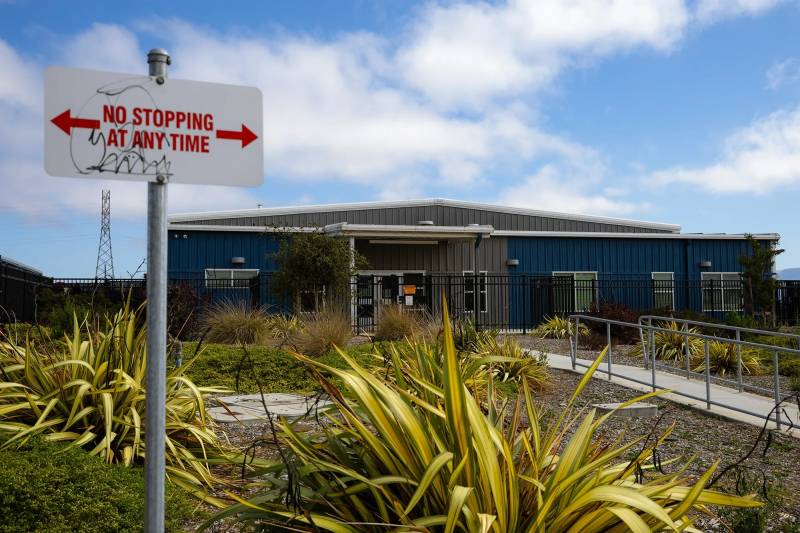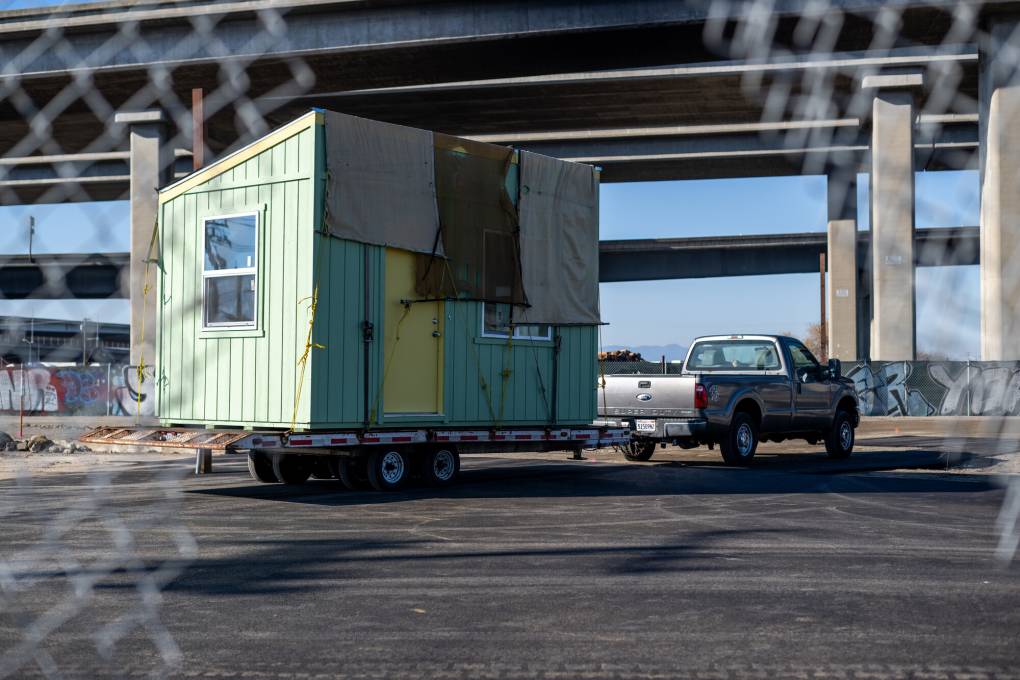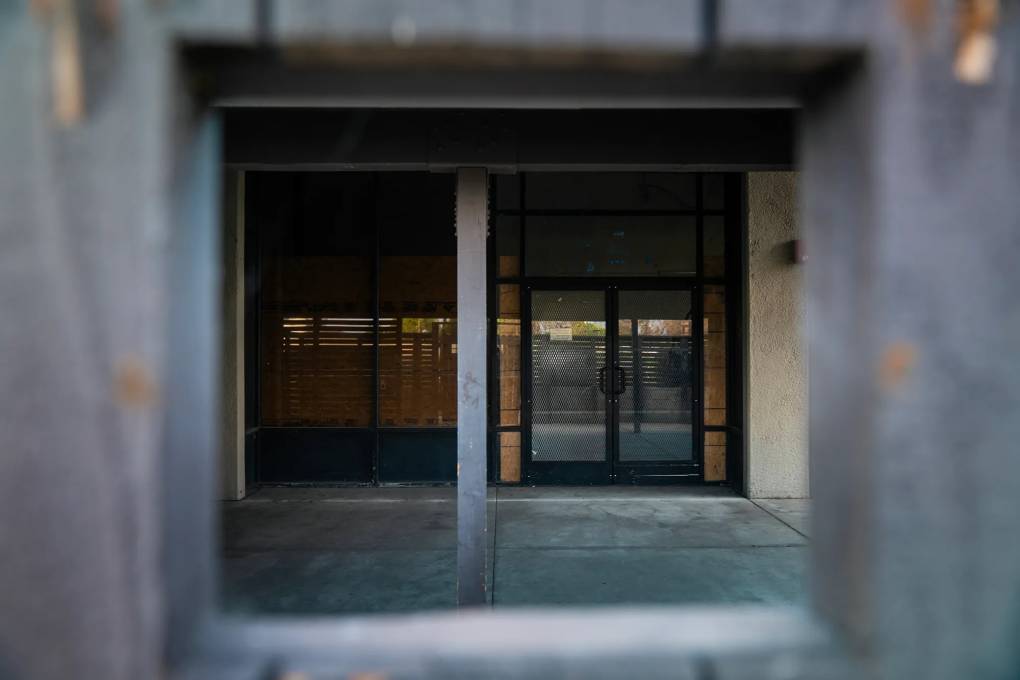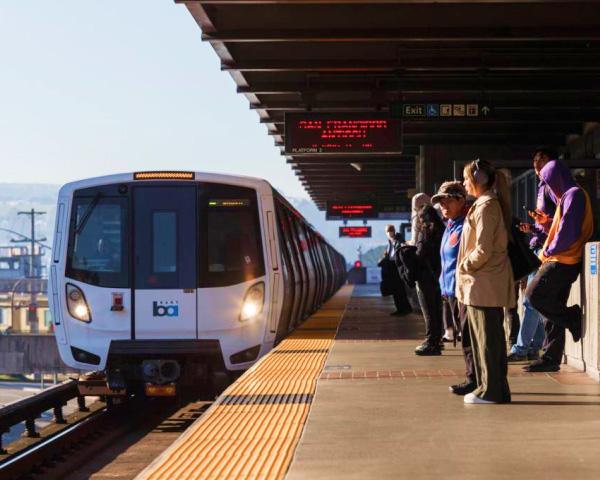What happens next will be significant for cities across the state, where officials have rushed to open new shelters in recent years as they ramp up street encampment clearings. Bunk bed-lined group shelters have existed in big cities since the 1980s, but communities across California are now hiring contract shelter operators to demonstrate that they’re offering alternatives to street crackdowns. The shelters are supposed to get people off the street, connect them to social services, then provide a bridge to permanent housing.
Still, statewide data obtained by CalMatters shows that fewer than 1 in 4 shelter residents move onto permanent housing. The majority keep cycling through tents, jails, hospitals and other short-term programs.
Some shelter operators and local governments say that the challenges are no surprise. The facilities are often manned by low-paid frontline workers who struggle to manage shifting budgets, scarce housing options and residents with drastically different needs — sober and addicted, healthy and severely ill, families and individuals, recently paroled and crime survivors, newly evicted and chronically homeless.
The new state shelter bill is limited in scope to focus on inspections and complaints related to building standards for public health and sanitation. Advocates say that could limit recourse for broader issues.
“This bill definitely does not at all address these other forms of abuse and malfeasance and sometimes crime,” said Eve Garrow, a senior policy analyst and advocate for the ACLU of Southern California who authored the 2019 Orange County shelter report. “We need other forms of accountability. It really is still the Wild West out there.”
Some places, including San Francisco and Monterey County, have created systems for outside groups to review shelter complaints after concerns about lacking follow up and residents facing retaliation for speaking up. Homelessness researchers also emphasize the potential of more specialized shelters to help people work through widely varied health, substance use or financial issues.
Longer term, housing experts question how the state is balancing immediate offerings like shelters with solutions to deliver lasting homes. Many favor increasing investment in subsidized housing or redirecting funds to rent assistance programs to quickly get people off the street or keep them from becoming homeless in the first place.
“We’re trying to make a broken system a little safer and cleaner,” Garrow said. “But we know that what people actually need is safe, permanent housing that they can afford.”
Need help? Read our guide on how to file a shelter complaint or find legal resources.
Tell us your story. Help us continue reporting on shelter conditions by filling out our survey.
This article was originally published on CalMatters and was republished under the Creative Commons Attribution-NonCommercial-NoDerivatives license.



